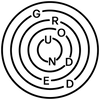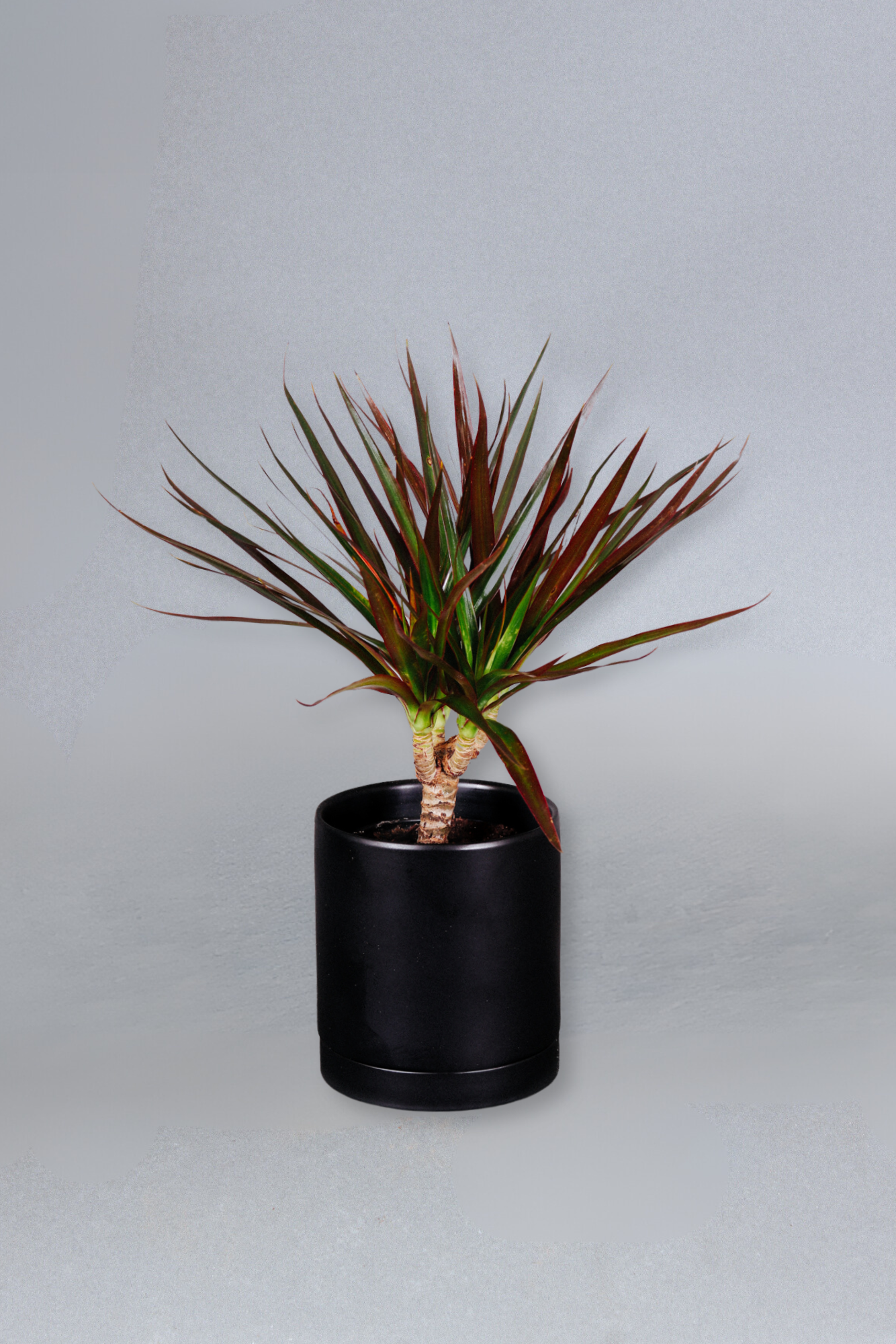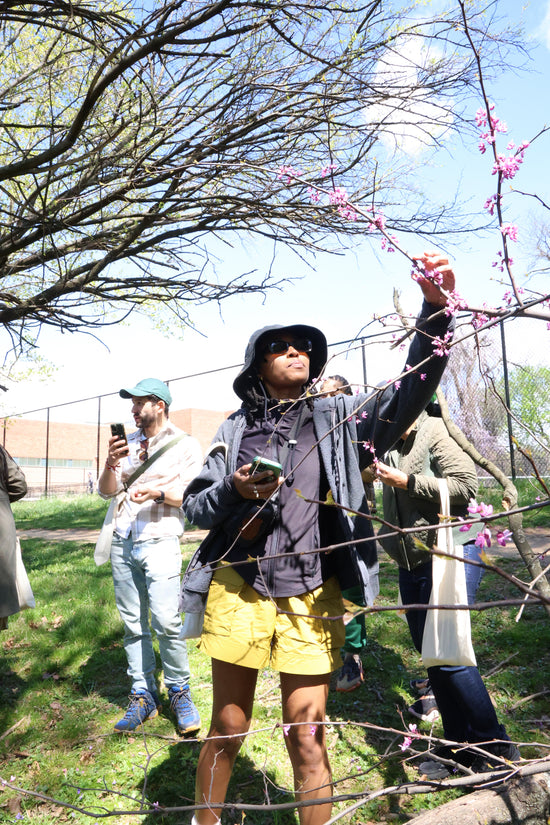Most states in the U.S. and countries worldwide observe Daylight Savings Time every year. While it may seem like a minor change, it signals that your plants are about to experience important transitions. Read more to understand what changes you can expect and how to adjust your plant care routine each year.
Fall Back, Spring Forward
Most houseplants follow two primary seasons: Growing and Rest Season. Spring and summer are months when the plant is actively growing and has the most energy. During fall and winter, most plants go dormant and begin to rest. They may not push out any new growth at all.
Depending on your region and climate, the start and end of growing and rest seasons may be vague. Daylight Savings Time (DST) usually begins mid-march and ends early November (for most of the U.S.) and are great markers for when you’ll see changes in your plants and care routine.
When DST begins in spring, you’ll notice:
- Soil begins to dry out faster
- The days get longer, giving your plant more light and energy
- New growth begins to sprout, and old leaves may die off
When DST ends in fall, you’ll notice:
- Soil begins to dry slower and plants need less water
- The days are shorter, offering less light for your plants and reduced energy
- Growth slows or stops temporarily
- Plants are sensitive to drafts and temperature changes
How We Can Support Plants Through Seasonal Changes
Just like our human bodies, care routines and needs may differ throughout the year. When seasons fade, you’ll need to make some changes to keep your collection healthy. Understanding these differences deepens your connection and care for the beloved greenery in your home.
Keep these five things in mind to perfectly adjust your care routine:
- Plan to repot and fertilize your plants during spring and summer only
- Gradually reduce your watering frequency once DST ends and increase it once it returns
- Add plant grow lights or move to a brighter room to accommodate for reduced daylight
- Tropical plants need humidity year-round
- Keep an eye out for pests and fungus, as environmental changes make plants susceptible to infestations year-round
If you have any questions on plant care, we're here for you! Book a free Office Hours consultation to get all your questions answered by our Plant Specialist.








